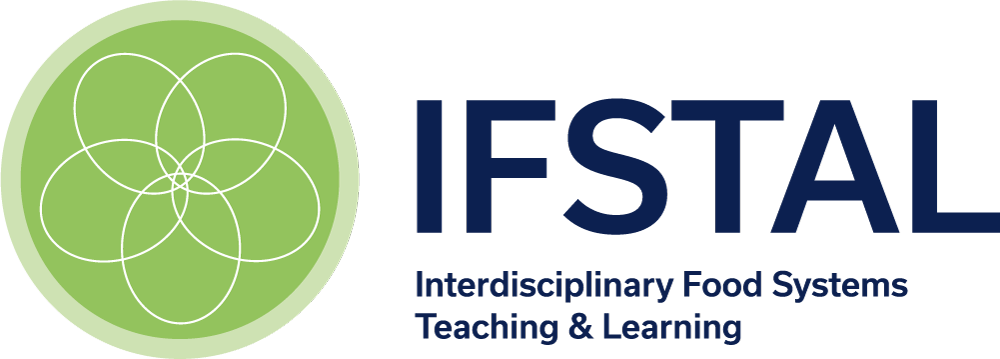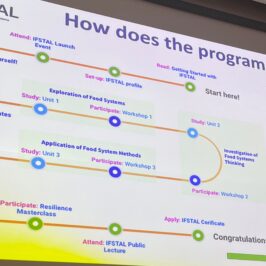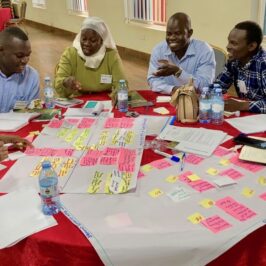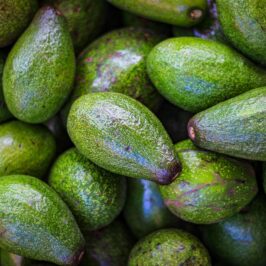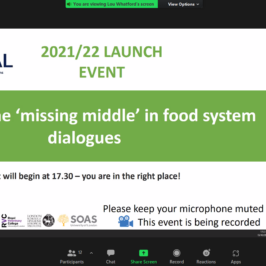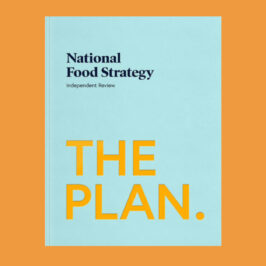Dr Alfy Gathorne-Hardy, Oxford India Centre, Oxford University.
Being ginger at school is generally enough to thicken one’s skin but I was taken aback some years ago by an accusation levelled at me in Hyderabad, India. I was a ‘neo-imperialist using green fascism to undermine the Indian nation’. In a sustainability conference I was presenting data about the greenhouse gas (GHG) emissions of rice, pointing out that in comparison to other cereals, rice is a massive emitter of GHGs. The issue wasn’t that my data was wrong; rather that I suggested that rice production should decrease to mitigate climate change. While I don’t think it was a fair charge, it was a poignant lesson in the problems of addressing issues from a narrow perspective; I had failed to appreciate that rice, in common with many other foods, is much more than just a source of nutrition. It represents elements of culture, identity, religion, habit and pride. Furthermore its sustainability impacts (both good and bad) go far beyond GHG emissions; rice production systems incorporate land, labour, biodiversity, gender, trade, transport, branding, packaging, breeding, pest and disease protection, fertiliser, social interactions and more. By judging sustainability from a single discipline I gave a solution to one problem which ignored the impacts on a range of other factors. This risks missing potential positive synergies at best, or promoting massive un-identified trade-offs at worst. In this blog I want to explore how, working with Barbara Harriss-White and a range of other academics, I developed multidisciplinary methods to understand the sustainability of South India rice; what we measured, how we modelled it and some of the problems and solutions we found.
Alfy and a colleague at a dissemination event
A common approach to multidisciplinary projects is a ‘black bean project’ – where researchers from different disciplines study the bean from their own disciplinary perspective, and the only linkage between them all occurs in the introduction to the end-of-project-book. We avoided this issue by building a model, drawing on Value Chain Analysis and Life Cycle Assessment frameworks coupled with a range of social science indicators, which deliberately fused different disciplines from the beginning. We modelled factors at the farming, milling, transport, trading and retail stages. And to further complicate the picture we studied 4 types of rice production (green revolution systems, rainfed, organic and systems of rice intensification) and three systems of retail (informal retail, supermarket and government ration shops). We hoped this would give us a broad enough picture – there’s little value in putting considerable effort in reducing emissions by 20% from one part of the chain, when the wider chain is responsible for 95% of total emissions.
The 10 factors measured through the use of a recall questionnaire were: yield, ground-water use, fossil energy, total energy, GHG emissions, costs, income, labour quantity, labour quality, gender. This list was designed to include as many of the key sustainability issues as possible within the limit of our data collection methodology – recall questionnaires. Recall questionnaires allow relatively rapid data collection but limit the data to that known by the interviewee, excluding biodiversity surveys for example.
A well in India – ground water depletion is a huge issue in some agricultural areas in India.
I’ve suggested above that we generated a grand model that takes data from all disciplines and inherently understands the links – simple. Yet the reality was much harder, largely due to the need for the model to work with quantifiable data. While people say that if you don’t give something a value, it has no value, the other side is that is if you try to quantify the un-quantifiable, you get bollocks. For example employment is fundamental to social sustainability, critically including the quality of employment from the employees perspective – what is good employment compared to exploitative employment? Investigations into these types of social sustainability issues commonly use focus groups and participatory discussion to tease out the complex issues associated with exploitation. I needed numbers, and ideally relatively simple numbers to fit into my model. Some groups have already generated indicators for employment quality such as the EU and the International Labour Organisation (ILO). Yet these were hard to use, the ILO for example has 125 indicators under the Decent Work programme, which would have dominated an already long questionnaire (long questionnaires don’t just limit the number of people you can talk to within a given time, they reduce the quality of replies as participants get bored by what are often apparently meaningless questions).
In the end I took a highly reductionist approach and used a single proxy – pay per hour – to understand employment quality. While this misses many important details concerning employment quality, it has the critical advantage that the data was easy to collect, and was easy to put into a model. To make up for this we worked with trade-unions to carry out qualitative assessments of employment on a smaller number of focus groups. While the responses from these didn’t feed straight into the model, they were useful to refer to and to learn from. It was interesting what my pay-per-hour data missed – for example the importance of toilet breaks, or the ability to chat with other workers during work hours. The combination of simple quantitative pay data combined with focus groups was an effective compromise.
Focussing on the farming system two points came out – there are some clear winners, and trade-offs abounded in every system. For example, ‘System of Rice Intensification’ (SRI) (involving earlier transplanting of individual plants with wide spacing in aerobic soils and high use of manure fertilisers) offered substantial environmental and economic benefits compared to green revolution (the control) production systems[1][2]: >60% yield gain; GHG emissions, ground-water, fossil energy down by 40%, 60%, and 74% kg-1 respectively. SRI led to significantly reduced costs ha-1, and returns after costs increased by over 400% ha-1. However, the socio-economic benefits accrued to the farmer at the expense of landless labourers. Employed labour demand (hr ha-1) reduced to 45% of control, with the greatest decline in female employment – rural India’s most vulnerable sector. SRI reduced casual labour remuneration per hectare by 50%. Doubling rates of pay as a response to this maintains total casual-labour remuneration, and only reduces SRI farm returns by 10%. Yet with no policy support it is unlikely that the private economic benefits of SRI will be shared with landless labourers.
Farmers in India looking at very young rice paddy
Academically the project was a great success. We both developed a new method (now already being used by others to research different systems) and learnt a lot about the rice production-supply system of south India. However, outside our ivory tower, have we changed anything on the ground, or made it easier for others to make positive changes? In some ways our project has made policy making more difficult – if we had stuck looking at only rice GHG emissions I could write a simple, clear policy brief. Instead we have presented a messy set of results with no obvious policy solution – the advantage and disadvantage of our work is its inherent complexity, demonstrating the trade-offs associated with any decision.
To me our next task is to change the policy debate to embrace the complexity of sustainability. It’s not that our project made a system more complicated, rather that we for the first time began to embrace a range of factors that make up sustainability – and we had only 10 main issues! The reality is that policy makers work within separate departments much as academics do, so making decisions that cross departmental lines is often equally difficult as bringing different disciplines together. To me this is the new frontier – how to generate a policy space that can effectively deal with complexity to make the best (or the least worst?) decisions on sustainable development. With this in mind the OICSD is planning a workshop to bring policy makers, politicians, civil society, academia, business and other stakeholders together to try to generate better systems for decision making across disciplinary/departmental boundaries. This project developed a system to bring together information in a way that was not possible before, the next project is to work out how to use it.
[1] This describes ‘conventional production’ including later transplanting of seedlings in clumps, continuous flooding, and high use of synthetic fertilisers.
